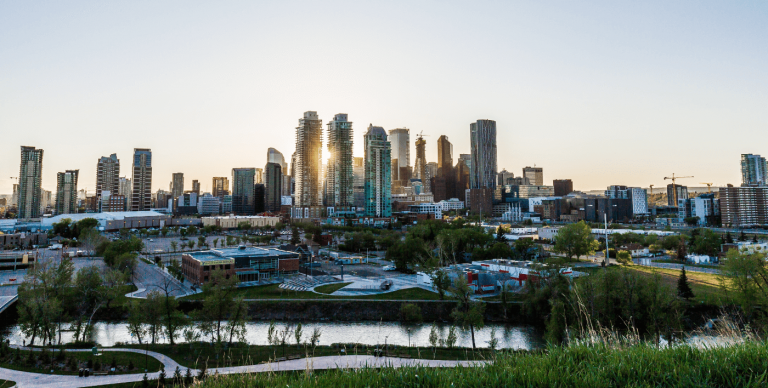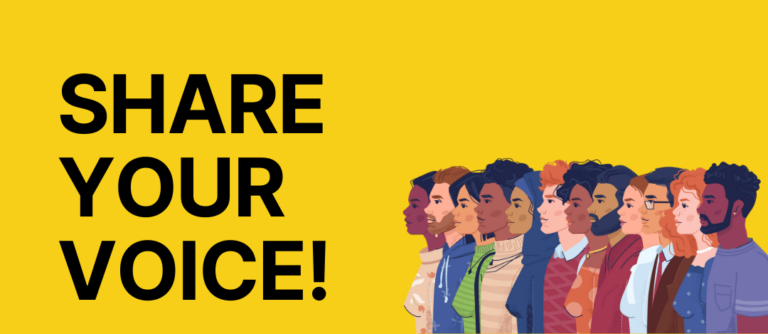The Alberta Association of Sexual Assault Centres (AASAC) has started an online petition urging the Canadian federal Government to make changes in how sexual abuse is addressed in Canada.
With the Minister of Justice Vic Toews already taking a look at how convicted sexual offender Graham James was able to obtain a pardon, AASAC Executive Director Annemarie Tocher is urging all Canadians to raise their voices and let our Government know that they support this decision, but are aware that more needs to done to combat this issue.
“Every time a sexual abuse story is reported, there is an outcry and demand for change in the criminal justice system and society. Once the story disappears from the public eye, it seems to be forgotten until the next one,” said Tocher. “It is time for a comprehensive national strategy that will address the needs of children in every corner of our country, and make it clear to every single Canadian that this crime will not be tolerated.”
The petition urges the Federal Government to spearhead changes in Canada, by following 10 actions that will affect how survivors of abuse get access to help, teach community members how to respond to sexual abuse, and make sex offenders more accountable for their crimes. They are:
1.Government leadership to review current criminal justice system legislation
Only 6-8% of sexual abuse or sexual assault cases are ever reported. By the time these cases work through the system, only 2-3% of sexual offenders are ever held responsible for their crimes. When offenders are convicted, incarceration times for sexual assault are often 2-3 years or less. In child sexual abuse cases, they are even shorter.
2.Government leadership on funding to support research as well as prevention strategies at all levels of society.
The last trans-Canada study of prevalence rates of child sexual abuse was the Badgely report issued in 1984. There are few Canadian studies regarding this issue, and we increasingly have to rely on American studies for information.
3.Comprehensive school board policies that support program delivery to children throughout their pre-school, primary, and secondary school career
Most areas do not have a child sexual abuse safety program they can deliver to children. We must teach children to identify sexual abuse if it happens, that it is not their fault, and to continue telling trusted adults about the abuse until they are heard.
4.Accessible parent education must be funded and made available in urban and rural areas.
Most parents do not discuss sexual abuse with their children and those who do often over-emphasize danger from strangers and do not discuss the very real threat from people their children know: 85% of perpetrators are acquainted with their victims in some way.
5.Professional training on this topic for teachers and others who work with children and families
Many professionals who work with children are not trained to address issues of sexual abuse: they can not recognize symptoms of sexual abuse, are unable to take a disclosure from a child, and do not know where to turn for help and support. We need to equip adults who have contact with children, with accurate information and useful tools to help.
6.Widely available media campaigns to raise awareness in the broader community
People in our society are misinformed about sexual violence, its prevalence, what it looks like, and how it affects children and adults, and, above all, who is to blame for sexual abuse. Victim blaming, even of children and youth is common. This attitude is one of the biggest reasons why individuals who are abused rarely report or speak about it. This silence is devastating for survivors’ long-term health and welfare. It is estimated that child abuse – both sexual and physical – cost Canadians $15 billion annually.
7.Widely available media campaigns directed at offenders
There are no ads telling potential offenders that this is a crime, that we take this issue seriously, and that we are working to catch them. We see information geared toward potential victims that imply it is their responsibility to protect themselves, but we never see information directed at the people who are actually committing this crime.
8.Funded comprehensive and accessible treatment for those impacted by child sexual abuse
Sexual assault and abuse services across Canada are significantly underfunded, which makes it difficult for them to meet the demand for educational and counselling services. People who have experienced sexual abuse and assault have a right to safe services no matter where they live in this country. This will support them to come forward, which should also help combat the low reporting rate to the police.
9.Funded comprehensive and accessible treatment for offenders
Lack of funding for genuine rehabilitation services sends the message that this is not a serious crime. Many sexual offenders begin their criminal career in adolescence. There is almost no access to early intervention services for young offenders – an age when they are potentially receptive to treatment. We know that many sexual offenders are pathological in their behavior; given the right set of circumstances they will continue to offend, despite the extremely limited threat of incarceration. This is why widely accessible treatment services are crucial; otherwise we are simply “putting the problem away” until “the problem” is back on the street.
10.Considerations of the needs of rural and remote communities in policy, funding and service development decisions.
There are little to no specialized sexual abuse and assault services in rural and remote areas of our country. Without community education and counseling services, children, youth and adults are extremely vulnerable. Lack of education often means the abuse is not identified for years and over that time the impact on individuals and communities grows. This affects reporting rates and perpetuates the myth that rural areas are safe from this issue. They are not, in fact, some researchers have suggested that individuals in rural areas are even more vulnerable to sexual assault and abuse than those in urban areas.








